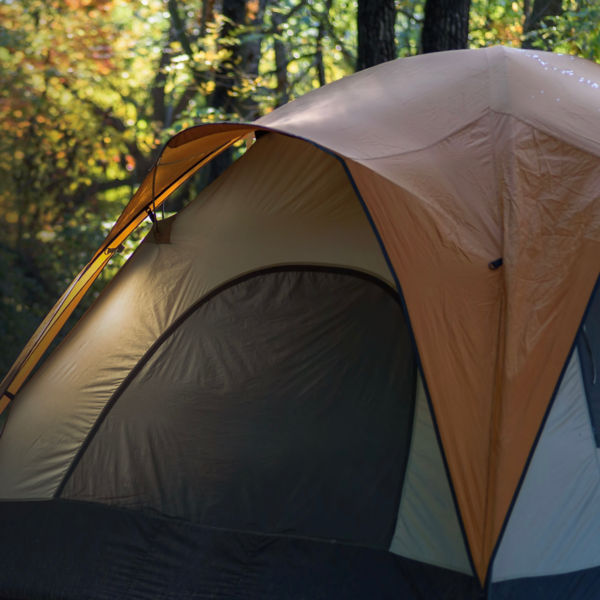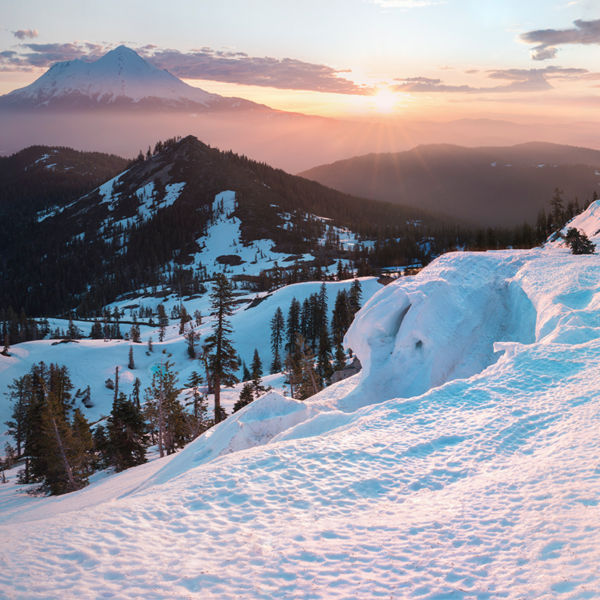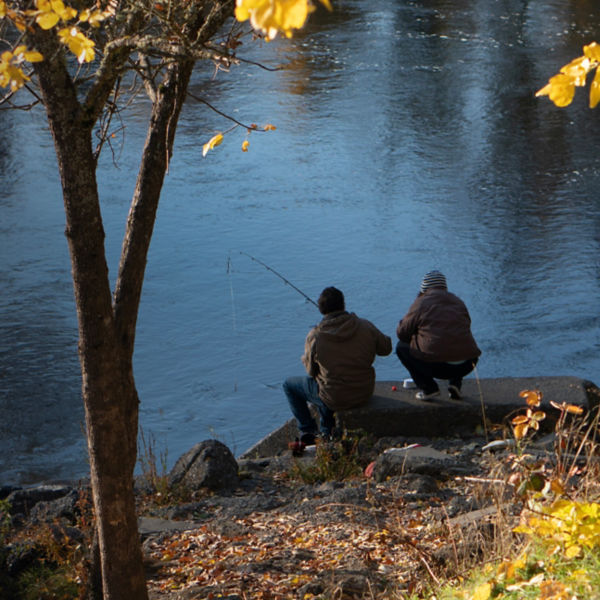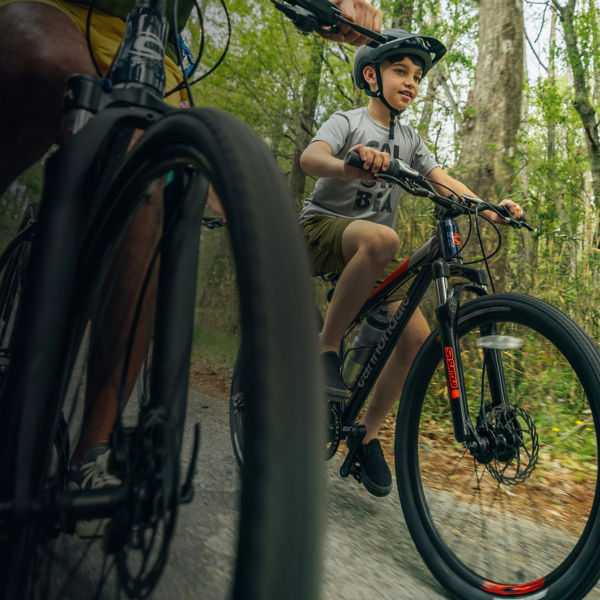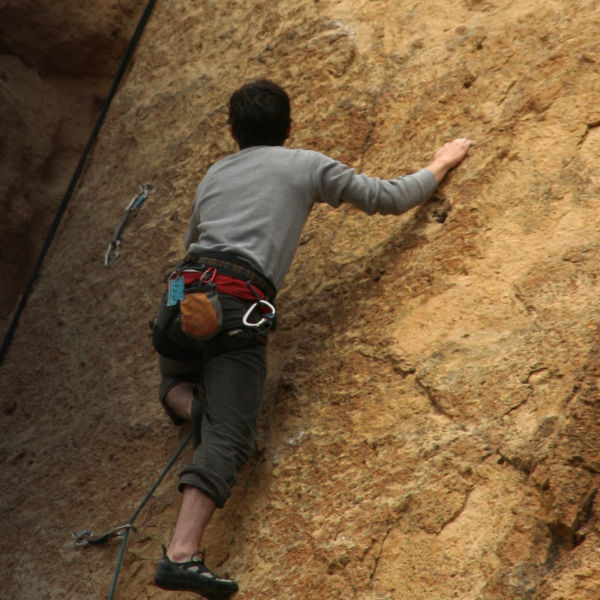
With more than 2.5 million visitors every year, Washington’s Olympic National Park is one of the 10 most-visited national parks in the country. For good reason. Encompassing nearly 1 million acres, it’s as diverse as any park in the system, harboring everything from vast tracts of wilderness and eons of human history to a range of ecosystems, including glacier-capped peaks, old-growth temperate rainforests and 70 miles of wild coastline. Unique geology defines the park, from sandy, sea stack-bordered beaches and coastal cliffs to lush forests and alpine habitats, including crevasse-riddled glaciers and 7,979-foot-high Mount Olympus, the tallest peak in the Olympic range. All this habitat also makes the park home to five species of endemic mammals, including the furry Olympic marmot.
History
The region is home to eight contemporary tribes of the Olympic Peninsula—the Makah, Quileute, Hoh, Quinault, Skokomish, Port Gamble S'Klallam, Jamestown S'Klallam, and Lower Elwha Klallam—with more than 650 archeological sites documenting 12,000 years of human occupation. But it wasn’t until 1890 that naturalist John Muir, Congressman James Wickersham and Lieutenant Joseph O’Neil, who led an exploration of the peninsula's interior, proposed turning the area into a national park. President Grover Cleveland responded in 1897 by naming it a national forest reserve. In 1909, President Teddy Roosevelt designated part of it as Mount Olympus National Monument to protect its Roosevelt elk population. And then in 1937, President Franklin Roosevelt visited and, the next year, designated it Olympic National Park. It gained an additional section of Pacific coastline in 1953, expanding to its current 922,700 acres. The designations weren’t finished, though. In 1976, UNESCO named the park an International Biosphere Reserve, and in 1981 declared it a World Heritage Site—some of the highest accolades in the entire national park system.
Visiting the National Park
With no roads that cross the park, you need to plan your trip carefully (hint: the Visitor Center in Port Angeles has exhibits, an orientation film and staff to help). In one long day (packed with overlooks and side-hikes), you can visit each of Olympic’s major ecosystems: the mountains, the rainforest and the coast. Grocery stores, restaurants and other amenities are available in Port Angeles, Forks and other towns along Highway 101. But pack a lunch; you’ll want to stay outside to enjoy every minute of this ecologically diverse and sprawling park. Here are the main geographic highlights to hit, as well as a pair of sampler itineraries to experience all three via road and trail. More Info: nps.gov
- Temperate Rainforests
To the west of the Olympic Mountains is a land of towering, temperate rainforests, whose canopy umbrellas upwards of 156 inches of rain annually. The result: a lush green forest of coniferous and deciduous trees as well as vibrant mosses and ferns. Rainforests to put on your list include: the Hoh, whose Hall of Mosses and Spruce nature trails loop from its Visitor Center (which is also the trailhead for Hoh Valley and Mount Olympus); uncrowded Queets and the secluded upper Queets Valley; and the Quinault Valley, a gateway to sparkling lakes, high meadows and jagged peaks. - Pacific Coast
Hit the park’s 70 miles of coastline along the convoluted Pacific Ocean and your neck will get sore from gawking at the grandiose scenery, from towering sea stacks and other unique rock formations to crashing waves, sculpture-like driftwood and sandy beaches. Sandwich this tour with side-trip stops at worthy lakes (Ozette is must-see) and visits to old-growth forests and you’ll realize the park’s coastal areas could well be a park of their own. - Sea Stacks and Beaches
Along the park’s 70-mile coast you’ll find a higher concentration of sea stacks than anywhere else in the country. These towers of rock define the views from beaches such as Ruby, Ozette, Shi Shi, Rialto, La Push, plus First, Second and Third. Pack a lunch and enjoy a picnic as you marvel at these volcanic wonders.
Scenic drive sampler: The day-long drive from Hurricane Ridge to Rialto Beach starts with a 45-minute jaunt from Port Angeles to Hurricane Ridge, going from old-growth forest in the lowlands to open meadowed treeline with views of the majestic Olympic Mountains and Strait of Juan de Fuca. (Check out the Hurricane Ridge Visitor Center for nearby nature trails and picnic areas.) From here, a three-hour drive west brings you to the Hoh Rainforest, which also offers a Visitor Center, picnic area and short nature trails. A 1.5-hour drive northwest will then bring you to the Pacific’s Rialto Beach for a wave-crashing walk at sunset. (Note: You can also access Rialto via a 20-minute drive from Forks.) For a shorter outing, drive 30 minutes from Port Angeles to the stunning shores of Lake Crescent.
Coastal Hiking Gem: Offering sunsets over the sea stack-strewn Pacific, you can find one of the best views on the wild Olympic Coast by hiking the Shi Shi Beach and Point of Arches trails. The 8-mile round trip is doable in a day, but also makes a great backpack outing. Starting near the fish hatchery, the first couple miles meander through groves of Sitka spruce, crossing creeks and bogs, until you reach the bluff and descend down to Shi Shi Beach, riddled with sea stacks, crashing waves and surf- and sun-bleached logs. From here, continue barefoot for a mile and a half south along the beach to Petroleum Creek (where the campsites are located) and onto mile-long Point of Arches, a stretch of beach harboring more monolithic sea stacks and tide pools. Note that you need two permits for this hike: the Makah Recreation Pass, available at Neah Bay; and a park wilderness permit, available at the Visitor Center in Port Angeles. Use a tide table to plan the beach portion of your hike, be aware of surf conditions and camp above the high-tide mark. To get there, drive U.S. Highway 101 west for 5 miles from Port Angeles, then turn west onto OR-112 for 64 miles to Neah Bay, and a final 4 miles on Hobuck Road to the fish hatchery.





